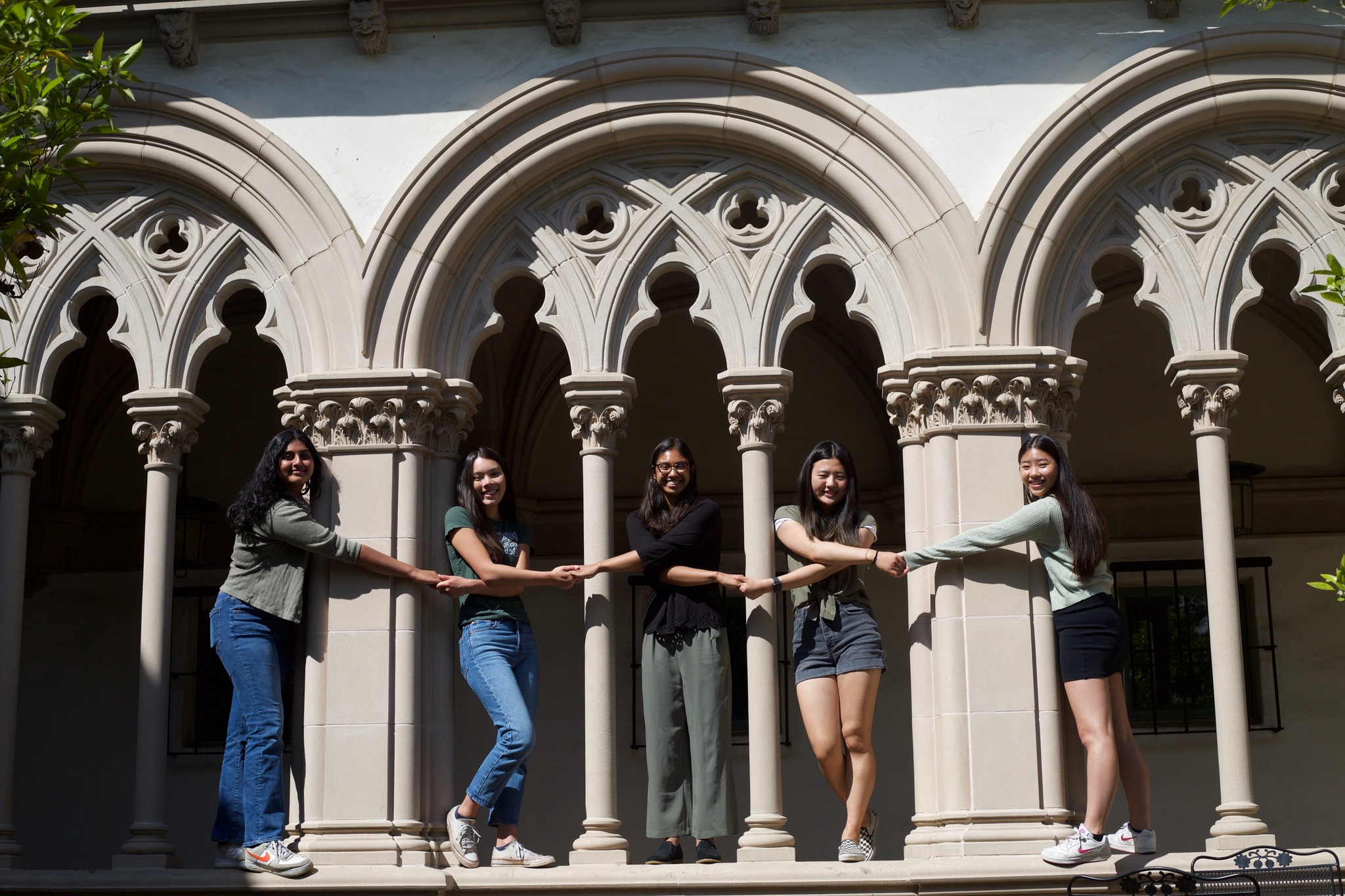By Emily Glory Peters

In March 2020, Scripps was facing a financial Goliath. The pandemic not only shut down critical revenue streams such as room, board, and campus events, it also generated new expenses as the College responded to ever-changing health and safety regulations and provided the resources for remote work and study.
At the time, Scripps’ operating budget was drastically reduced practically overnight. But thanks to generous donor giving, Scripps’ endowment, and sound fiscal management, the College’s financial outlook remained strong.
“As of our last audit in June 2021, our investment pool was valued at $542 million, an increase of 43% over the previous audit,” shares Diane Holmes, associate vice president for business affairs and assistant treasurer at Scripps. “This comes from return on investment as well as additional gifts Scripps donors have made to the endowment.”
As the Pandemic Eases, Endowment Payouts Will Continue to Decrease Next Fiscal Year
The endowment is the College’s financial anchor. The diverse mix of investments generate earnings that fuel about 20 percent of Scripps’ budget, including aid for scholarships and academic programs.
In addition to enacting substantial College-wide budget cuts to lessen the fiscal impacts of COVID-19, in fiscal year 2020–21 the College opted to temporarily increase the endowment payout from 4.6 percent to 6.6 percent. This decision was not made lightly, as the only other time the payout rate has been over 5 percent in recent years was to fund the last comprehensive campaign.
But Scripps has been on a trajectory to decrease the spending rate from 5 percent to 4.5 percent as approved by the Board—and as the College has steadily rebounded economically, the payout rate has likewise reversed. Holmes reports that it will be at 4.5 percent for the upcoming fiscal year to ensure the endowment stays healthy for Scripps’ future needs.
“Our goal is that future students derive equitable benefits as today’s students, and that we can generate a steady spending stream and reduce the volatility of returns, paying particular attention in times of inflation and deflation,” says Holmes.
Investing Wisely to Secure the Future of Scripps
Like many institutions, the influence of current high inflation is reflected in an overall increase of operating expenses. Yet Scripps’ aim throughout the pandemic—and other times of economic upheaval—has been to mitigate volatility of investments and restore budgets and staffing to their previous states as soon as feasible. Earlier this year, the College lifted its hiring freezes and departments were once again able to access funding needed for key programs.
These decisions are informed in part by the Board of Trustees and its Investment Sub-Committee. Charged with investment governance, its members include Scripps staff, parents, alumnae, and children of alums and Trustees, all of whom have deep roots in investment and finance expertise.
“We all have a fiduciary responsibility that we’re investing in responsible ways with an eye to intergenerational equity,” shares Dean Calvo, vice president for business affairs/treasurer at Scripps and Investment Sub-Committee member. “We’re not just managing for today—we’re managing for the students, faculty, and staff of 100 years from now. It’s crucial to have a healthy allocation to equities.”
We’re not just managing for today—we’re managing for the students, faculty, and staff of 100 years from now
Though a smaller institution, Scripps aligns its asset allocation strategy with schools that have billion-dollar endowments. Managing for the future of Scripps also involves what Calvo refers to as “socially responsible investing,” or SRI.
“SRI has built up steam in the last decade or so. Today, it’s an important part of thinking about asset allocation and portfolio management,” he explains. “It’s a lens for how you look at certain investments; seeing how a company treats its employees, its neighbors, the environment. All of those are ways Scripps can screen investments.”
What is ultimately considered socially responsible is subjective, but SRI is a strategy Scripps considers when reviewing future investments. Donors with unrestricted endowment gifts also give the College the choice to direct funds that align with Scripps’ mission, values, and greatest areas of need. Currently, about 10 percent of the endowment is unrestricted, creating a helpful financial cushion when sudden opportunities—or emergencies like the pandemic—arise.
Yet whether restricted or unrestricted, all gifts to the endowment undoubtedly keep Scripps stable. And as the economic consequences of the last two years evolve, the College’s prioritization of responsible investment and collaborative management will continue to be essential to keep Scripps strong now and in the days to come.
“Our investment philosophy is that returns are very important, as is adequately resourcing the College, intergenerational equity, and achieving the right spread of allocation that’s harmonious and organic to Scripps’ goals,” says Calvo. “I’m happy that Scripps has so much endowment support going toward its operations, scholarships, academic programs, the beautification of campus, and more—it’s allowed us to think about the future with a greater degree of freedom.”
Donor support is essential to keeping Scripps’ endowment healthy. To learn more about how to make an endowed gift, please contact Associate Vice President for Philanthropy Enrique Gonzalez-Salgado at [email protected] | 909-607-8255.

